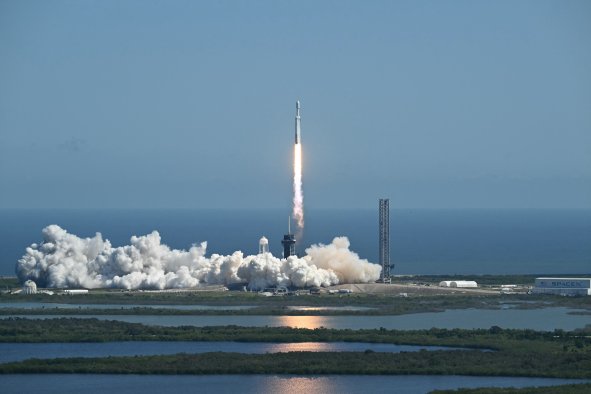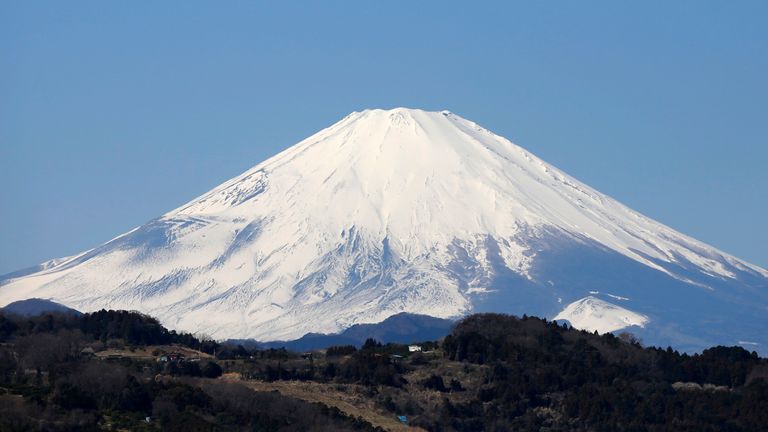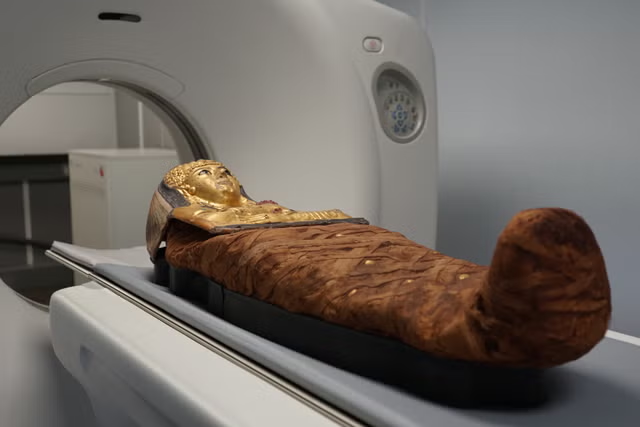Archaeologists have discovered thousands of previously unknown ancient structures, including pyramids, hidden deep in Mexico's jungle.
More than 6,600 structures linked to the Maya civilisation have been found in the southern state of Campeche on the Yucatan Peninsula.
Experts analysed lidar data, a method of scanning the land from above using lasers.
The Maya were one of the most dominant civilisations in Mesoamerica and built cities with elaborate ceremonial buildings and massive stone pyramids in what we now know as Mexico, Honduras, Guatemala and El Salvador.
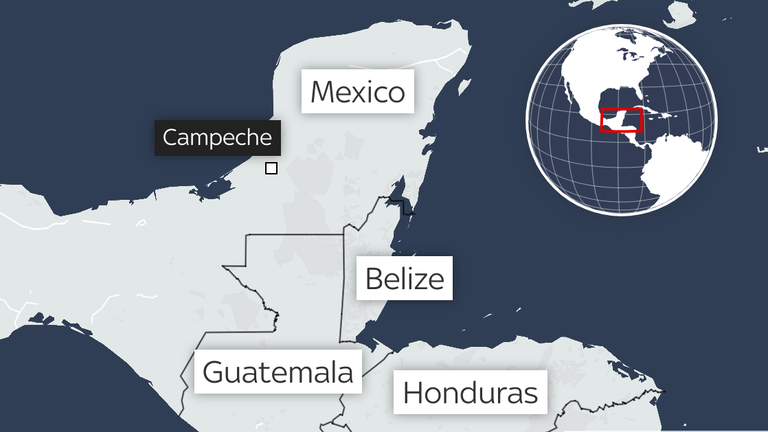
Pyramids - like those in Calakmul, in the Mexican state of Campeche - were found by researchers led by Luke Auld-Thomas from Tulane University, New Orleans.
"For the longest time, our sample of the Maya civilisation was a couple of hundred square kilometres total... by archaeologists who painstakingly walked over every square metre, hacking away at the vegetation with machetes," he said.
But instead of deploying teams on the ground, archaeologists in his team analysed existing mapping data over an area of 47 square miles.
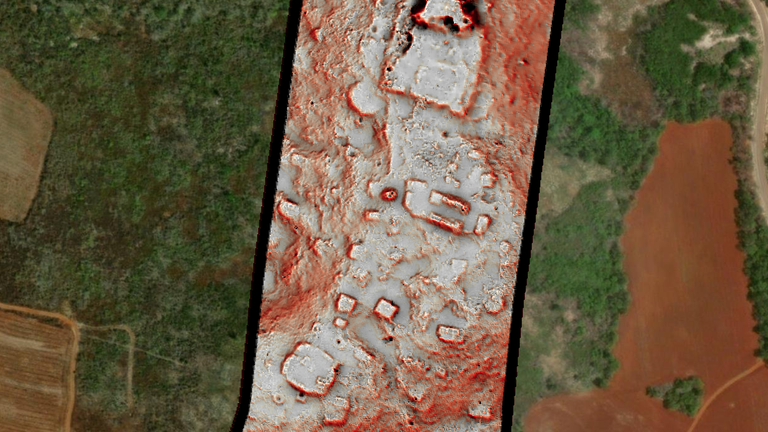
They uncovered anomalies in the landscape - revealing pyramids, houses and other Maya infrastructure.
Their results, published in the journal Antiquity, showed a dense, diverse array of totally unstudied Maya settlements dotted throughout the region.
It included an entire city which the team called Valeriana, named after a nearby freshwater lagoon.
The urban centre included two major hubs of "monumental architecture, linked by continuous dense settlement and landscape engineering".
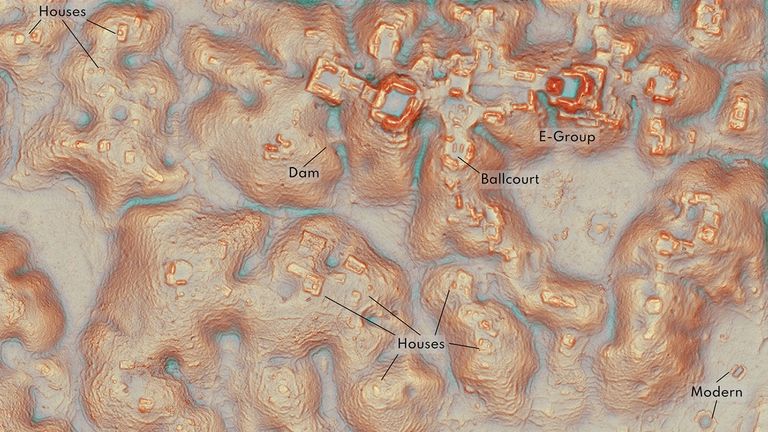
"We didn't just find rural areas and smaller settlements," Mr Auld-Thomas said.
"We also found a large city with pyramids right next to the area's only highway, near a town where people have been actively farming among the ruins for years."
"The government never knew about it; the scientific community never knew about it," and he predicted, "there's a lot more to be discovered".
Keep up with all the latest news from the UK and around the world by following Sky News
Last year a Mexican team found an ancient Mayan city thought to date back to 1,000AD in the same region.
But unlike the US researchers, that group did not benefit from lidar technology. They trekked through 60km of roads covered in thick vegetation to discover the ancient site.
Read more from Sky News:
Mother of Levi Davis 'determined to fight for the truth'
Why is Mount Fuji setting a new record?
What we know about the real Kamala Harris
The ancient Mayan civilisation reached its peak from 300AD to 900AD, and descendants are said to still live in the region.
Disclaimer: The copyright of this article belongs to the original author. Reposting this article is solely for the purpose of information dissemination and does not constitute any investment advice. If there is any infringement, please contact us immediately. We will make corrections or deletions as necessary. Thank you.

